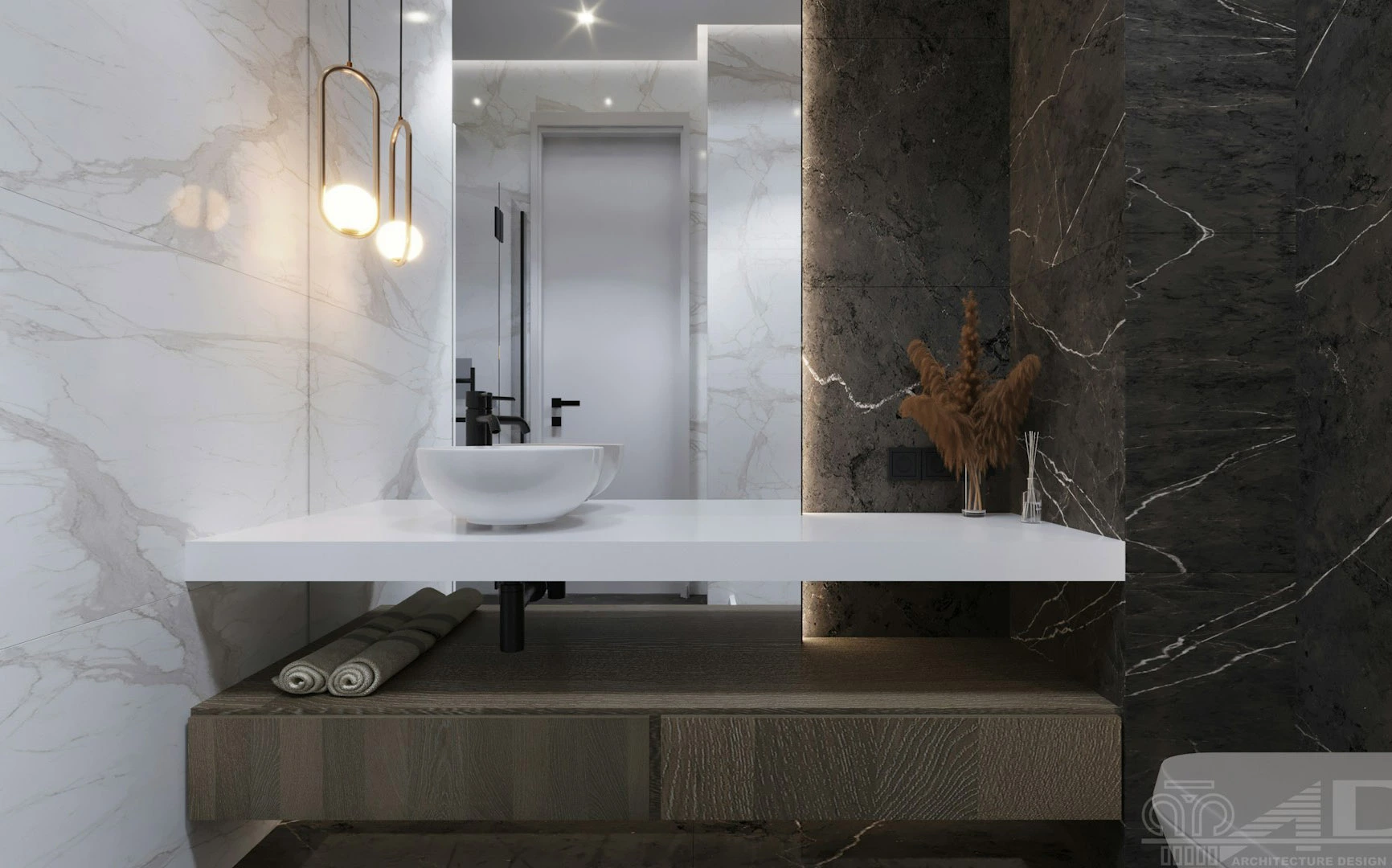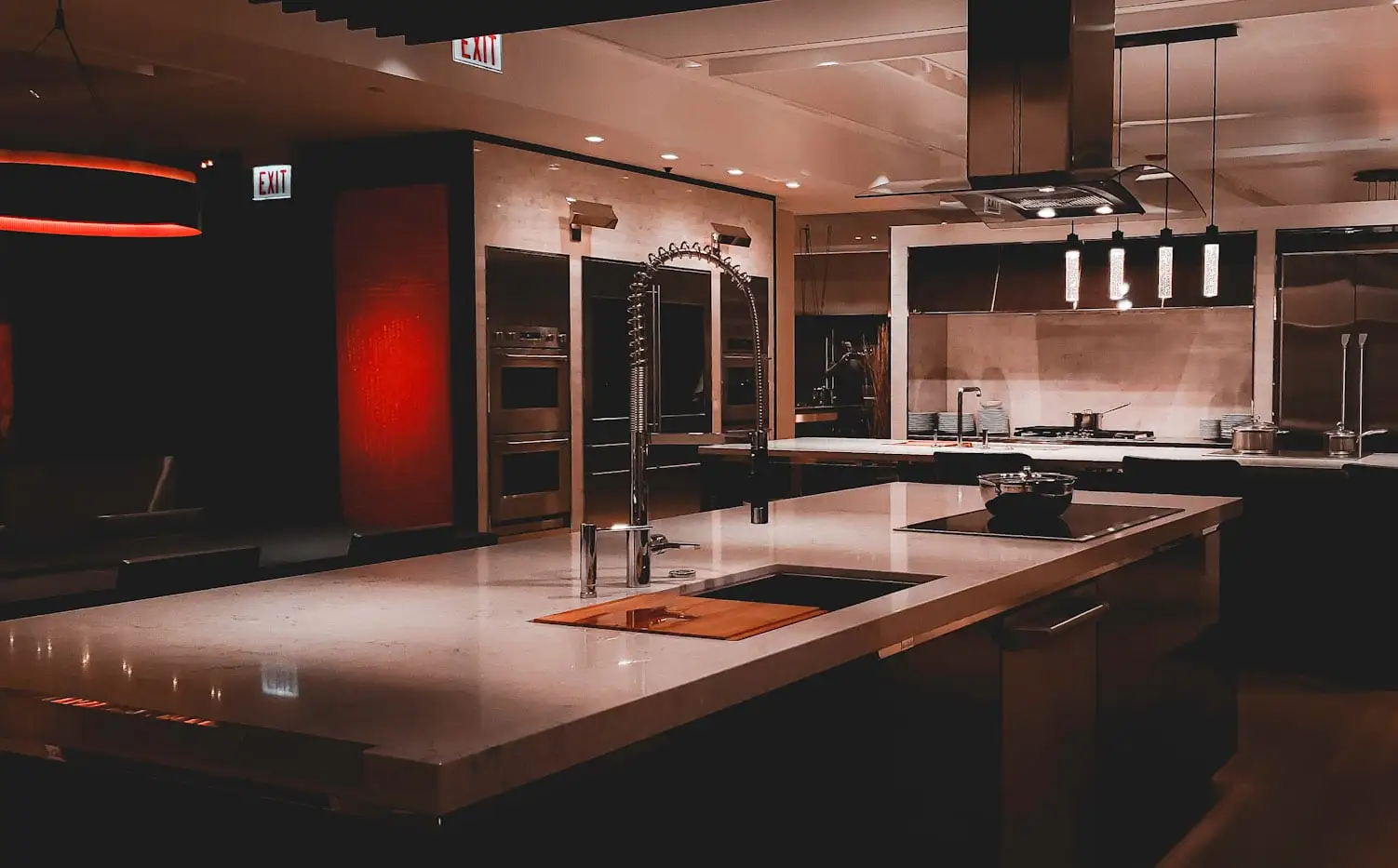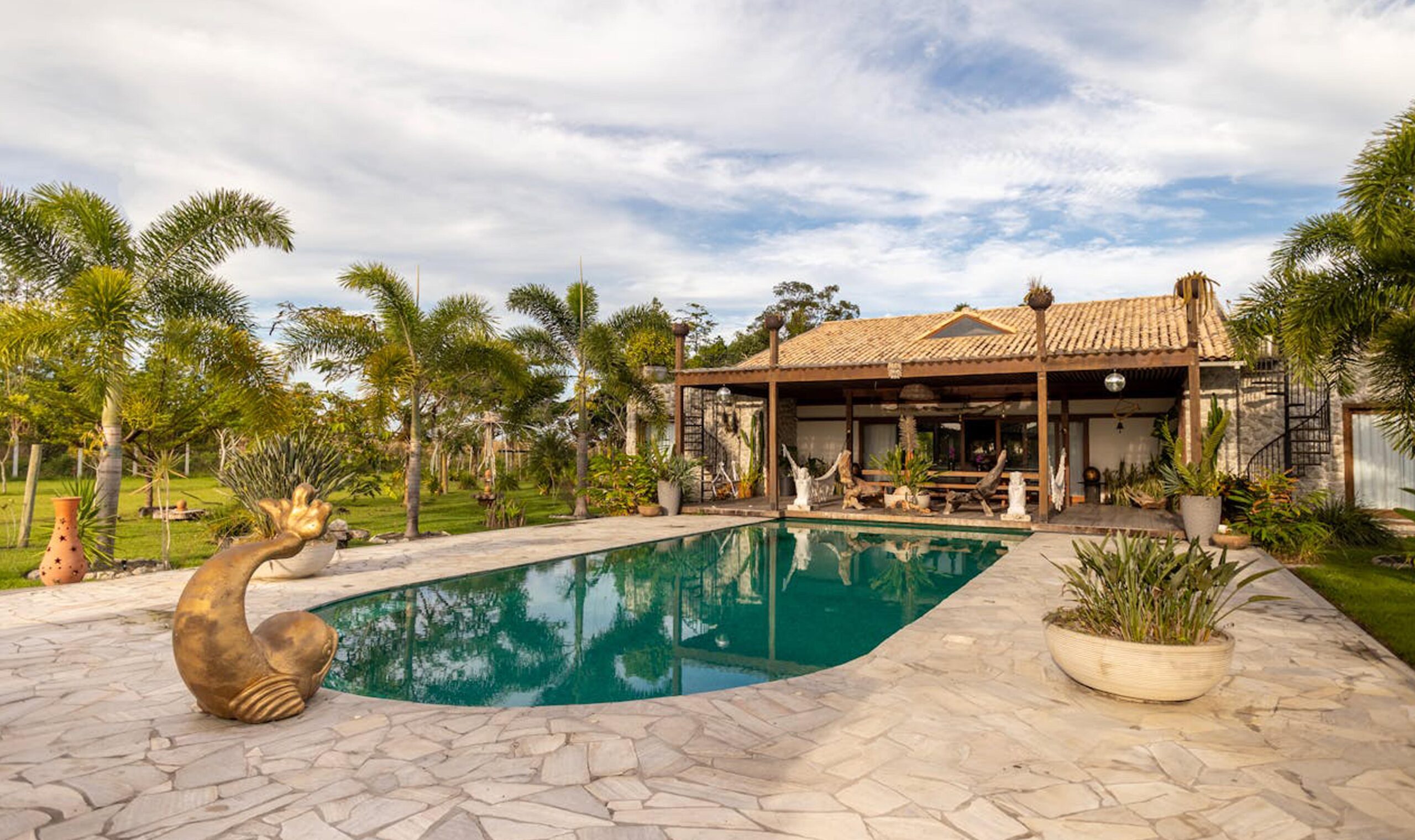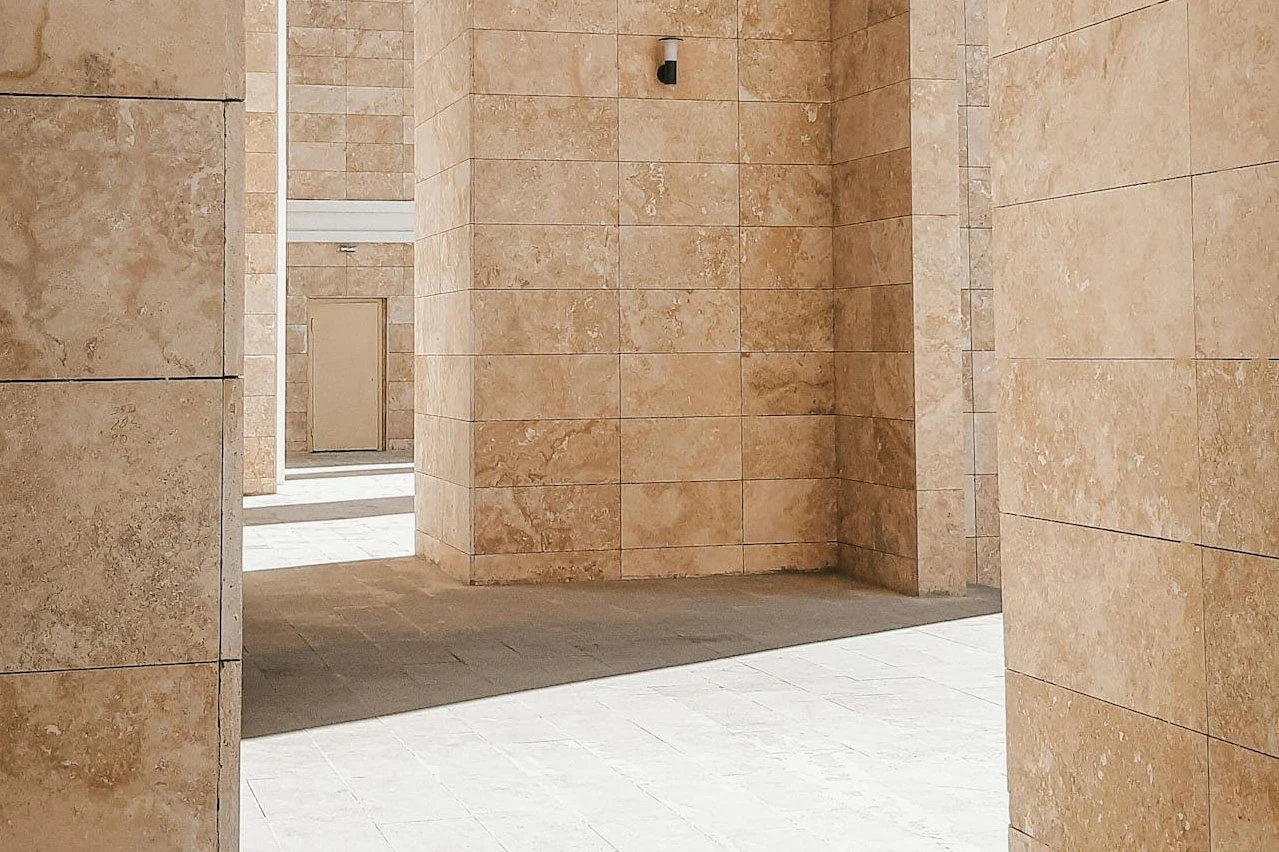From the rose-red city of Petra to the coral-stone homes of Jeddah, the Middle East is a region where stone and storytelling go hand in hand. For thousands of years, civilizations across the Arabian Peninsula, the Levant, and the Gulf have crafted homes, forts, mosques, and palaces using local stones—not just for strength, but for cultural identity.
Let’s explore the enduring legacy of traditional stone architecture in the Middle East, and how it continues to influence design today.
🧱 Why Stone Was the Building Material of Choice
In a land of harsh deserts, rugged mountains, and coastal plains, stone was often the most available—and reliable—material. Its natural insulation kept interiors cool, while its durability withstood time and conflict. More than just functional, stone carried spiritual, cultural, and aesthetic significance.
Key Benefits of Using Stone in Middle Eastern Architecture:
Excellent thermal insulation in desert heat
Resistance to sand erosion and harsh winds
Long-lasting and structurally sound
Visually blends with the natural environment
🏜️ Iconic Styles of Traditional Stone Architecture in the Middle East
🟥 1. Petra, Jordan – The Nabataean Rock-Cut Marvel
One of the world’s greatest archaeological wonders, Petra was carved directly into pink sandstone cliffs by the Nabataeans over 2,000 years ago. The elaborate facades, tombs, and temples reflect a unique blend of Arab, Greek, and Roman styles, all sculpted from stone.
Focus Keywords: Petra architecture, Nabataean stone structures
🐚 2. Coral Stone Houses – Old Jeddah (Al-Balad), Saudi Arabia
Built using blocks of fossilized coral, the historic houses of Al-Balad showcase how coastal communities used marine stone for cooling and ventilation. Combined with wooden latticework (mashrabiya), these homes remain symbols of Hijazi heritage.
Focus Keywords: coral stone architecture Saudi Arabia, Jeddah old houses
🏰 3. Omani Forts – Stone Fortresses of the Desert
Oman’s landscape is dotted with over 500 mudbrick and stone forts, many built between the 17th and 19th centuries. Nizwa Fort and Bahla Fort (a UNESCO World Heritage Site) showcase strategic use of local stone for defense and climate control.
Focus Keywords: Omani stone forts, traditional fort architecture
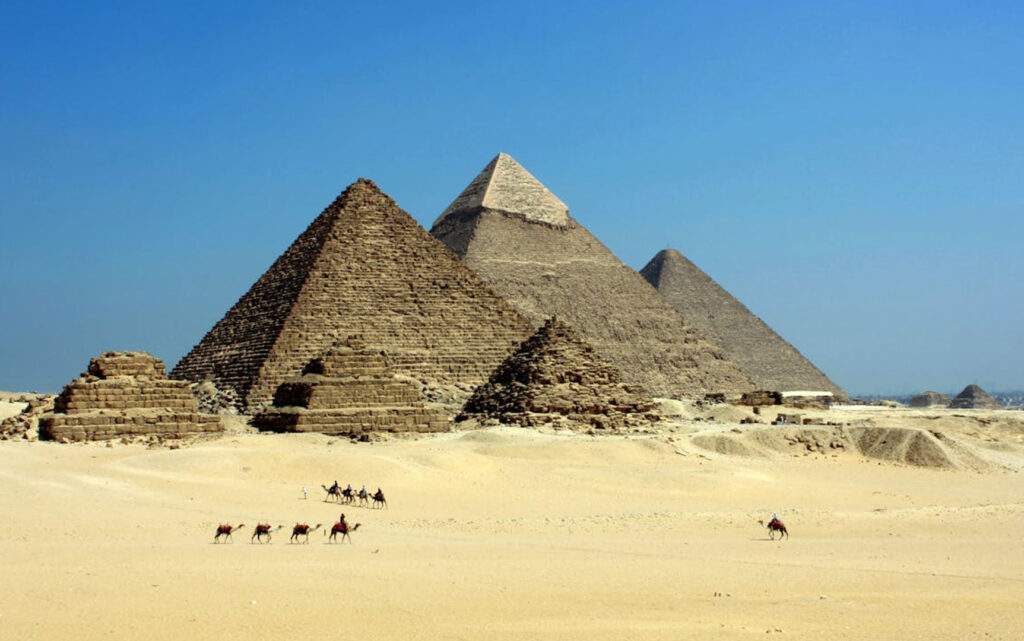
🧱 4. Limestone Architecture – Palestine and Lebanon
In Jerusalem, Ramallah, and across Mount Lebanon, limestone has long been the preferred material. Its creamy tones and workability made it ideal for both modest homes and grand religious buildings. Arched doorways and thick walls are defining features.
Focus Keywords: limestone houses Middle East, Levantine stone homes
🛖 Climate Meets Craft: Regional Adaptations in Design
Each part of the Middle East adapted stone construction techniques to local needs:
Hot desert interiors: Thick stone walls and small windows retained coolness
Coastal areas: Coral and limestone absorbed sea air without corrosion
Mountain regions: Terraced stone homes matched uneven terrain
This climatic wisdom made traditional homes naturally energy efficient—long before air conditioners existed.
🏡 Is Stone Still Used in Middle Eastern Architecture Today?
Absolutely. Modern architects in the Middle East are reviving traditional stone elements to blend heritage with contemporary luxury. From boutique hotels in AlUla to eco-resorts in Oman, local stone is being celebrated again—this time for sustainability and cultural identity.
✅ Quick Summary: Why Traditional Stone Architecture Still Matters
✔️ Environmentally adaptive
✔️ Deeply rooted in local identity
✔️ Visually timeless
✔️ Sustainable and durable
✔️ Culturally significant
🔚 Final Thoughts
The traditional stone architecture of the Middle East is more than just buildings—it’s a living reflection of climate, culture, and creativity. As the region embraces modern development, these ancient designs remind us of a time when every stone was laid with intention and meaning.
At Stoneman Magazine, we believe that looking back at these timeless designs helps shape a more sustainable and meaningful future for architecture.


 Related Reads on Stoneman Magazine:
Related Reads on Stoneman Magazine:




